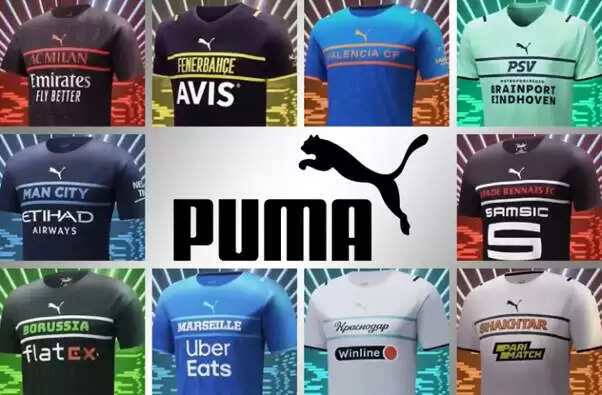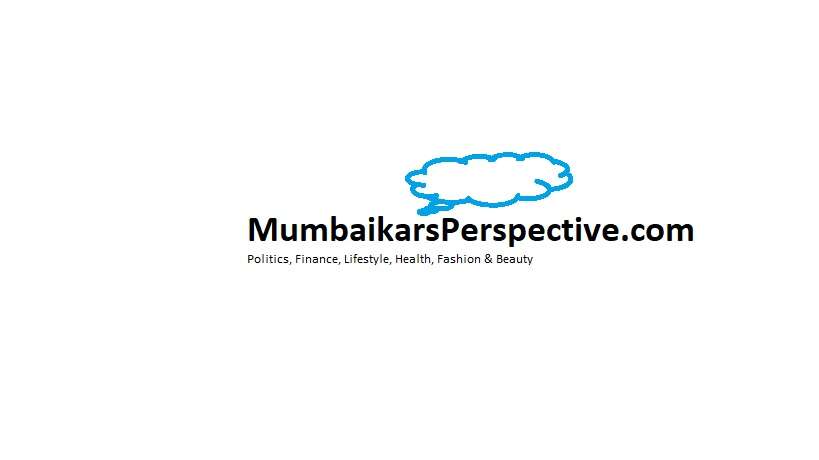How Much Does One Team’s Kit Cost a Sports Brand Per Season?

A football kit isn’t just a jersey and a pair of shorts. It’s identity, marketing, and a club’s global signature. Every thread, every crest, every color variation — it all comes with a price tag. A big one. Especially when it comes to top-tier clubs with global followings.
Now add another layer to the story — betting. That’s where the best betting sites enter the picture. As a supporter of Indian teams and regional tournaments, brands like Leovegas or Betfinal show how betting platforms can play an active role in promoting local sports culture and visibility. Backing a team means backing culture, identity, and presence.
These companies know that a team’s kit is more than just fabric. It’s exposure, it’s narrative, it’s influence. The more iconic the club and its look, the more valuable that real estate becomes. Sportswear giants, bookmakers, and teams form a powerful triangle, and kit value becomes part of the spectacle.
What’s Behind the Price?
The amount a brand spends on one club’s kit per season isn’t just about fabric and stitching. It’s a full-package contract that includes:
- exclusive rights to supply all team apparel
- budgets for merchandise, throwback editions, youth and women’s squads
- bonus clauses tied to performance and visibility
These aren’t just throw-ins — they reflect the full scope of modern football operations. Brands aren't just dressing a team, they’re outfitting an entire institution, from grassroots to global tours.
For instance, Nike, Adidas, and Puma invest tens of millions of euros annually for the right to put their swoosh or stripes on the world’s best players. A logo on Messi or Haaland’s chest is like a global billboard, broadcasting every matchday.
How Much Are We Talking?
Estimated annual costs for 2025/26 season deals:
- Nike & Barcelona – €105M per year
- Adidas & Manchester United – €95M
- Puma & Manchester City – €75M
- Adidas & Real Madrid – €120M (including bonuses)
These numbers might sound extreme, but they’re aligned with the global visibility each club offers. For top teams, kit deals are as valuable as TV rights or stadium naming contracts.
Even mid-table Premier League or La Liga clubs pocket €2–10M per season, plus a percentage of shirt sales.
Why It’s Worth It for the Brand
Because this isn’t just a cost — it’s an investment in:
- reach (TV coverage, social media, global exposure)
- engagement (fans buy, debate, collect)
- prestige (top clubs boost brand image)
Every match is a media event, and every kit becomes a touchpoint for brand identity. Being on the field is like buying airtime — except it comes with emotion, loyalty, and legacy.
And competition is fierce. Just look at Jordan brand’s partnership with PSG — a fashion-forward experiment that turned the kit into a cultural statement. Or Castore — a new player aggressively entering the market via mid-table Premier League teams.
What’s in the Kit Package?
A team’s kit deal covers far more than match-day shirts. Here’s what a full-season package usually includes:
- 3 match kits (home, away, alternate)
- training gear
- warm-up, medical, outerwear gear
- staff apparel
- youth and women’s team kits
Each item must be designed, produced, distributed, and often restocked mid-season. It’s a logistical machine running behind the glamour of game day.
Now multiply that across dozens of players, coaching staff, matches, and events — it’s thousands of items per season, and it adds up.
Final Whistle
A football kit is more than cloth — it’s strategy, marketing, and money.
For fans, it’s a reason to shop. For clubs, it’s a slice of their financial model. For brands, it’s a multimillion-euro stage where every week is a new performance.
The tech race has evolved into a brand race. Now, it’s about emotion, storytelling, and global positioning. Each season isn’t just about winning trophies — it’s also about dominating the world’s attention.

